Ginkgo Tree
- November 13, 2023
- 0 comment
The Ginkgo tree, also known as Ginkgo biloba, is a living fossil with a rich history dating back millions of years. Revered for its unique fan-shaped leaves, the Ginkgo is a deciduous tree that can grow to impressive heights.
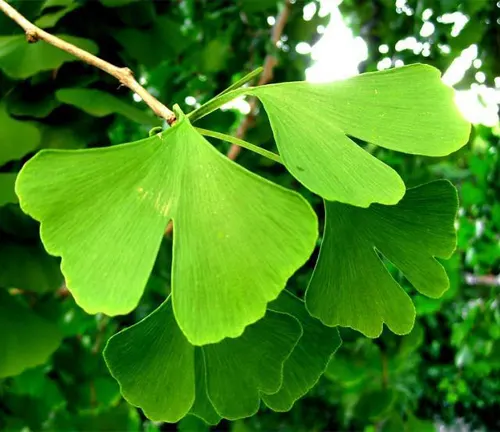
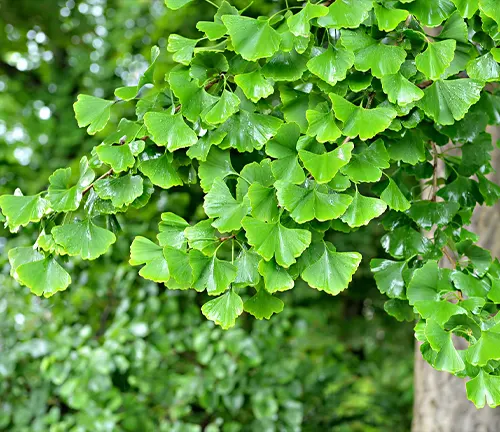
Native to China, these trees are known for their resilience, with some specimens surviving the atomic bombing of Hiroshima during World War II. Beyond its hardiness, the Ginkgo is celebrated for its medicinal properties. The leaves are often used in traditional medicine for their potential cognitive benefits, believed to enhance memory and concentration.
In urban landscapes, Ginkgo trees are popular for their ornamental value, adding a touch of ancient elegance to city streets. As both a botanical curiosity and a symbol of endurance, the Ginkgo tree continues to captivate and contribute to the natural and cultural tapestry of our world.
| Characteristics | Description |
| Scientific Name | Ginkgo biloba |
| Family | Ginkgoaceae |
| Type | Deciduous |
| Height | 20 to 35 meters (65 to 115 feet) |
| Spread | 8 to 12 meters (25 to 40 feet) |
| Leaves | Distinct fan-shaped, bright green, turning golden-yellow in autumn |
| Bark | Light gray, furrowed with age |
| Flowers | Dioecious (separate male and female trees); inconspicuous flowers |
| Fruit | Fleshy seeds (edible when cooked), with a foul-smelling outer layer |
| Native Range | China |
| Hardiness Zones | 3 to 8 |
| Growth Rate | Medium to fast |
| Uses | Ornamental, medicinal (leaves used in traditional medicine) |
| Notable Feature | Resilient, survived the atomic bombing of Hiroshima |
Botanical Beauty of the Ginkgo Tree
The Ginkgo tree, scientifically known as Ginkgo biloba, stands out in the botanical world with its unique and captivating features. The tree’s fan-shaped leaves, resplendent in bright green hues that transform into a golden-yellow spectacle in autumn, make it a true aesthetic marvel. As a deciduous tree, the Ginkgo undergoes a seasonal metamorphosis that adds a touch of botanical poetry to landscapes. Beyond its striking appearance, the Ginkgo’s beauty lies in its resilience, with a history dating back millions of years.
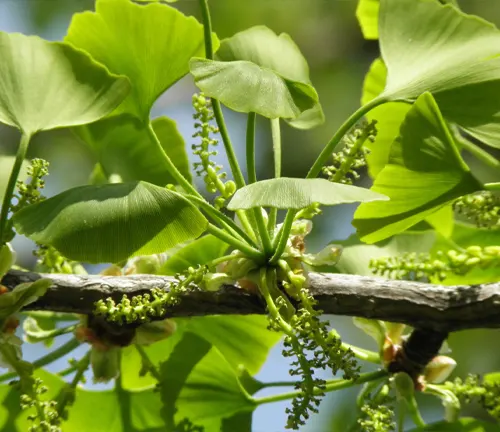
Woodland Elegance
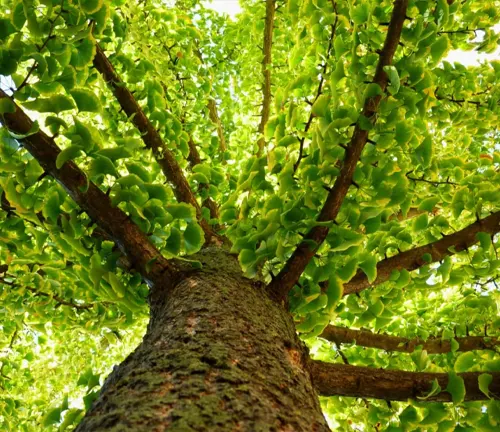
In the realm of urban landscapes, the Ginkgo tree reigns as a symbol of woodland elegance. Its graceful stature, reaching heights of 20 to 35 meters, and a spread of 8 to 12 meters, bestows a sense of majesty upon city streets and parks. The light gray, furrowed bark further contributes to its visual appeal, creating a harmonious blend of strength and grace. The Ginkgo’s presence in urban areas is a testament to its adaptability and ability to thrive amidst human surroundings.
Ecological Importance
Beyond its ornamental value, the Ginkgo tree plays a vital role in the ecosystem. Native to China, it has proven its mettle by surviving diverse environments. Ginkgo trees are dioecious, with separate male and female specimens. Inconspicuous flowers give rise to fleshy seeds, which, although emitting a foul odor, contribute to the tree’s reproductive cycle. The Ginkgo’s presence in the natural landscape supports biodiversity, providing habitats for various organisms.
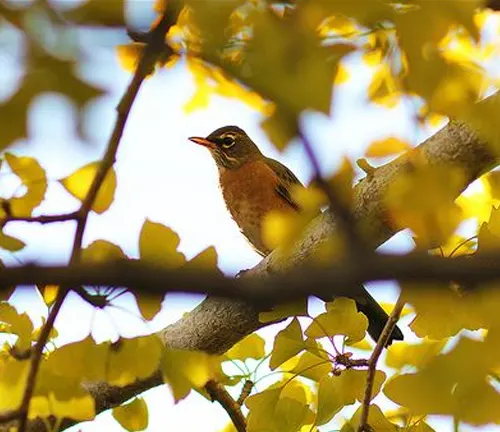
Cultivation and Conservation
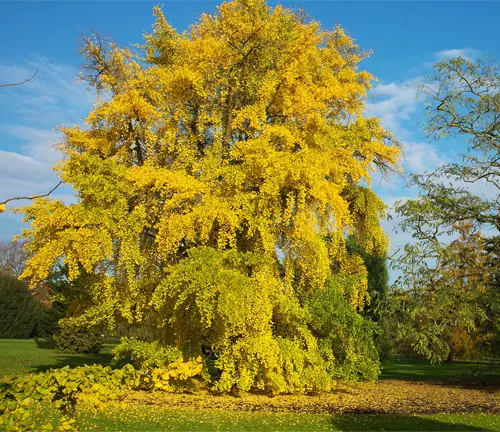
Cultivating Ginkgo trees requires an understanding of their preferences. Thriving in hardiness zones 3 to 8, these trees prefer well-drained soil and can withstand a range of environmental conditions. Despite their hardiness, Ginkgo trees are not immune to threats. Conservation efforts are crucial to protect these living fossils, especially considering their remarkable ability to withstand adverse conditions, as demonstrated by the survivors of the Hiroshima bombing during World War II.
Fragrance
The Ginkgo tree, known for its beauty, also offers a sensory treat with its unique fragrance. While the tree itself is not particularly aromatic, the foul-smelling outer layer of its fleshy seeds creates a distinct olfactory experience. This fragrance, though not pleasant to all, adds an intriguing layer to the overall Ginkgo experience, making it a tree that engages multiple senses.
Soil Stabilization
One of the unsung heroes of the Ginkgo tree is its contribution to soil stabilization. The intricate root system of Ginkgo trees helps prevent soil erosion, making them valuable in landscapes prone to erosion. Their resilience and ability to adapt to different soil conditions make them effective in stabilizing embankments and slopes, showcasing their ecological importance beyond their aesthetic appeal.
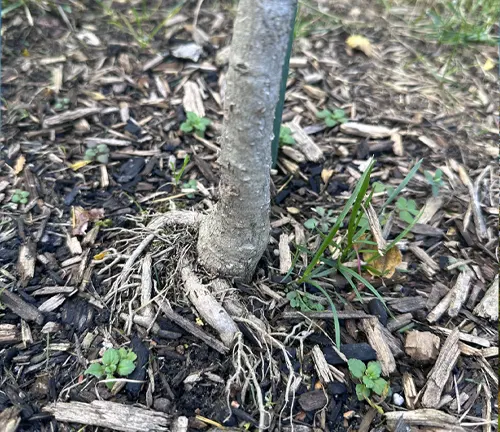
Common Uses
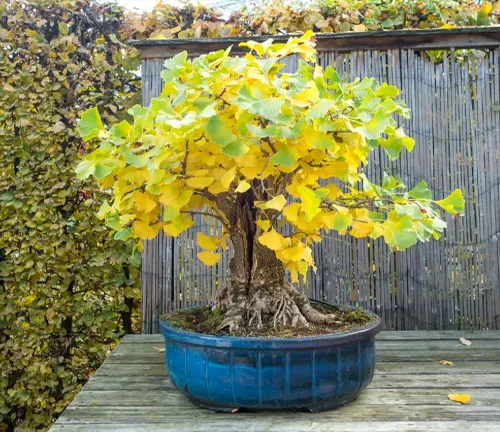
Apart from their role in landscaping, Ginkgo trees have practical applications. The wood of the Ginkgo is dense and resistant to decay, making it suitable for various uses. While not as widely exploited as some other tree species, the wood finds applications in furniture and artistic crafts, showcasing the versatility of this ancient tree.
Benefits
The Ginkgo tree offers more than just visual and olfactory delights. Its leaves have been a staple in traditional medicine, believed to possess cognitive benefits. Extracts from Ginkgo leaves are used in supplements that claim to enhance memory and concentration. As science explores the potential medicinal properties of Ginkgo, the tree continues to contribute to the well-being of humanity.
Different Species
‘Autumn Gold’
This cultivar is known for its brilliant golden-yellow fall foliage.
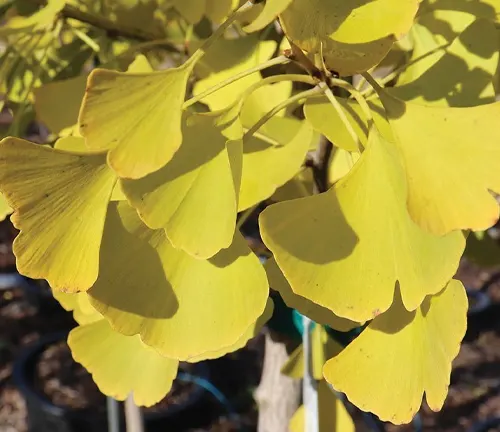
‘Saratoga’
‘Saratoga’ is a male cultivar selected for its narrow, upright growth habit, making it suitable for urban environments with limited space.
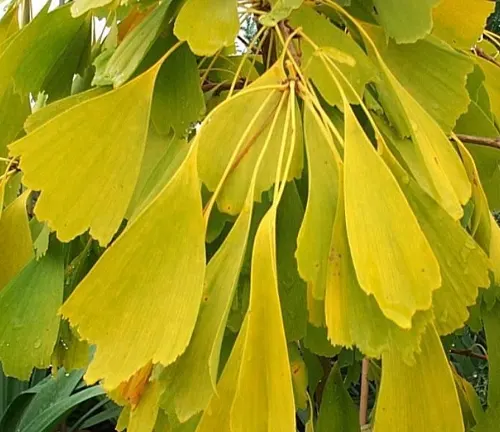
‘Princeton Sentry’
Recognized for its columnar shape, ‘Princeton Sentry’ is a male cultivar that is often used for street planting.
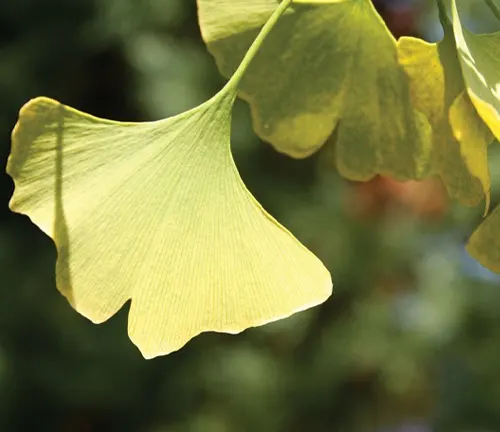
‘Mariken’
A dwarf cultivar, ‘Mariken’ is a compact and slow-growing Ginkgo, making it suitable for smaller gardens or container planting.
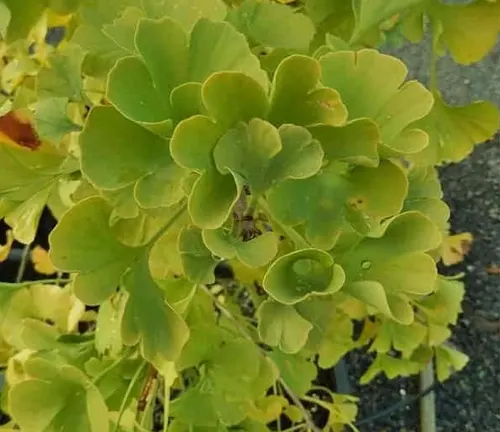
‘Variegata’
This cultivar is known for its variegated leaves, featuring a mix of green and white. It adds a touch of uniqueness to the typical Ginkgo foliage.
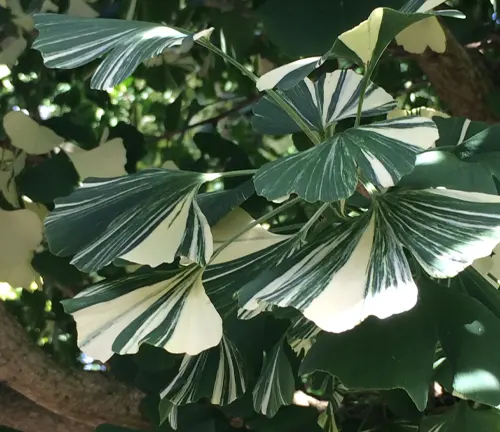
Frequently Asked Questions (FAQs)
- What is a Ginkgo tree?
The Ginkgo tree, scientifically known as Characteristics, is a deciduous tree known for its unique fan-shaped leaves. It is often referred to as a living fossil, with a lineage dating back millions of years. - Where are Ginkgo trees native to?
Ginkgo trees are native to China and are also commonly found in other parts of East Asia. They have been cultivated and introduced to various regions worldwide. - What is the significance of the foul-smelling seeds?
Ginkgo trees produce fleshy seeds with a foul odor. While the smell can be unpleasant, it is believed to be a defense mechanism against herbivores. The seeds are not typically consumed by animals. - Are Ginkgo trees easy to grow?
Ginkgo trees are known for their hardiness and adaptability. They can tolerate a range of soil conditions and are resistant to many pests and diseases, making them relatively easy to grow. - Do all Ginkgo trees have the same leaf color in the fall?
While the typical fall color of Ginkgo leaves is a vibrant golden-yellow, variations can occur among different cultivars. Some cultivars may exhibit unique autumn hues. - Are Ginkgo trees dioecious?
Yes, Ginkgo trees are dioecious, meaning there are separate male and female trees. Only female trees produce the foul-smelling seeds, while male trees are often preferred for landscaping to avoid the odor. - Can Ginkgo trees be grown in urban environments?
Yes, Ginkgo trees are well-suited for urban environments. They are resilient to pollution and adaptable to various soil and climate conditions, making them popular choices for street planting. - Are there any medicinal benefits associated with Ginkgo trees?
Ginkgo leaves have been used in traditional medicine, and extracts are commonly found in supplements. Some claim cognitive benefits, such as improved memory and concentration. However, scientific evidence on these claims is still under research. - How long do Ginkgo trees live?
Ginkgo trees are known for their longevity. Some specimens are reported to have lived for several centuries. Their ability to withstand harsh conditions contributes to their impressive lifespan. - Can Ginkgo trees be grown from seeds?
Yes, Ginkgo trees can be grown from seeds, but it’s important to note that the seeds have a fleshy outer layer that produces a strong odor when mature. Many prefer to propagate Ginkgo trees through grafting or by planting nursery-grown saplings to avoid the odor issue.


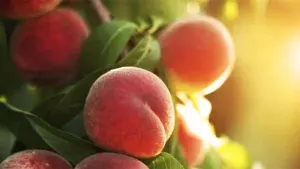
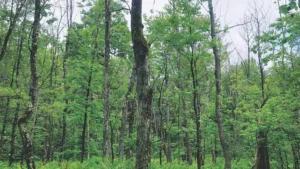
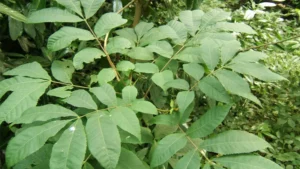
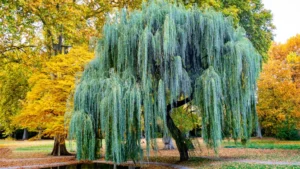
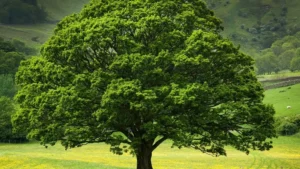
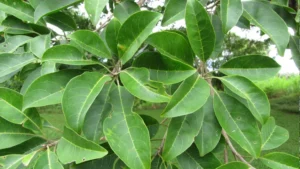

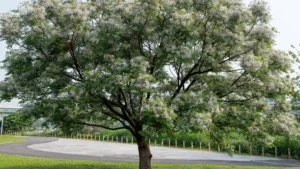
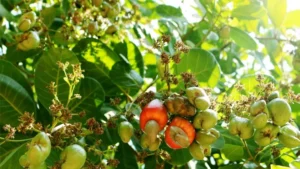
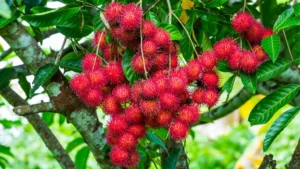
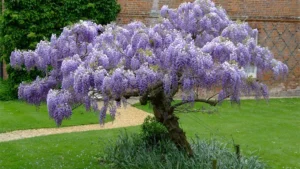
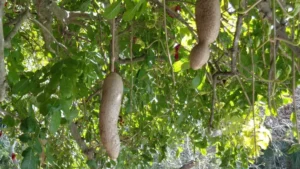
Leave your comment